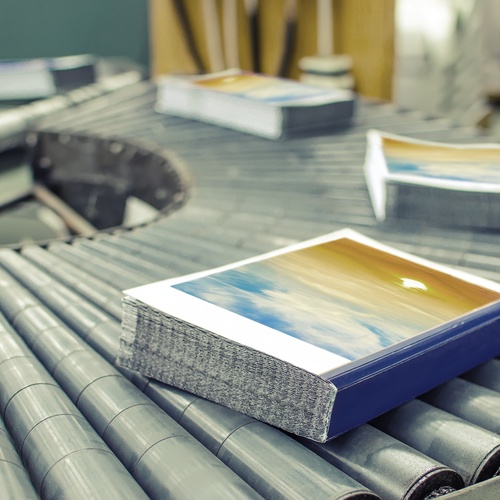
If you’re an aspiring author or an entrepreneur setting up a printing house, you’ve likely come across the term “offset printing.” Offset printing has long been considered the gold standard for producing high-quality books. But why is it that publishers still overwhelmingly rely on it? By the end of this article, you’ll understand why book publishers use offset printing methods and how these advantages might apply to your next big project.
Higher Print Quality
The way a book looks and feels can affect its success with readers. Offset printing provides exceptional quality, producing sharp, clean images and crisp text. Think about the bold typography on a book cover or the intricate details in an illustrated children’s book. You can handle those details beautifully with offset printing. If you’re aiming for a professional finish that captivates the reader at first glance, offset printing is a worthy choice. It’s one of the main reasons book publishers still prefer it for everything from novels to coffee table books.
Cost-Effectiveness for Large Print Runs
Did you know that publishers produce books in bulk to reduce costs? Offset printing becomes more cost-effective with larger print runs because they spread out the setup cost over each unit. While the setup process requires the creation of printing plates, the per-unit price drops significantly for bulk orders. For example, printing 500 books may cost more per unit than printing 5,000 using offset techniques. The more you print, the more affordable it gets, making it a go-to option for publishers looking to produce high quantities while maintaining quality.
Versatility in Printing Materials
Another reason publishers love offset printing is its incredible versatility. Whether a book calls for a classic matte finish, high-gloss pages, or even textured materials, offset printing can handle it. This flexibility gives them greater creative freedom, whether they’re capitalizing on the allure of limited-edition items by publishing a luxurious collector’s edition or releasing a simple paperback.
Unlike other printing methods, like flexo printing—which is better for packaging materials and labels—offset expands what’s possible for books. While flexo printing can work on a variety of surfaces, the biggest difference between offset printing and flexo printing is that offset machines produce higher-quality materials.
Color Control and Accuracy
For books with intricate illustrations, photographs, or vibrant colors, precision is key. Offset printing allows publishers to achieve accurate and consistent color quality, page after page. Offset printing uses advanced color-matching techniques that ensure hues stay consistent, even across thousands of copies. This guarantees readers have an identical experience, whether they grab the first copy or the 5,000th.
Longevity and Durability
Books should last for years, moving through countless hands over time. Offset printing ensures that text, illustrations, and colors remain vibrant, even after years of use. This method creates prints that resist fading and wear, so books stay looking fresh. If publishers want a product built to withstand the test of time, offset printing is often their method of choice.
When you put it all together, it’s clear why book publishers use offset printing methods. From stellar quality to cost efficiency, offset printing checks so many important boxes for creating books that leave a lasting impression. Whether you’re planning to publish your first book or scale up your printing operations, understanding the strengths of offset printing can help you make more informed choices.
Leave a Reply